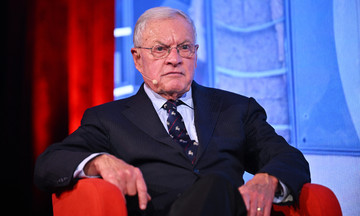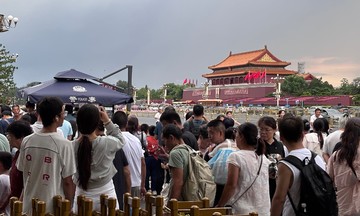In 10/2023, Knesset member Revital Gotliv of Prime Minister Benjamin Netanyahu's Likud party called for Israel to use Jericho nuclear missiles against Hamas in Gaza to "restore the country's security".
This was the first time an Israeli lawmaker publicly acknowledged the existence of the Jericho, Israel's intercontinental ballistic missile (ICBM) capable of carrying a nuclear warhead. Tel Aviv has consistently maintained a policy of strategic ambiguity, neither confirming nor denying its nuclear arsenal.
Avner Cohen, an Israeli-American historian renowned for his work on nuclear history, explained that Israel's nuclear program began in the 1950s when Prime Minister David Ben-Gurion sought an "insurance policy" against the military power of neighboring Arab states.
Ben-Gurion's motivation stemmed from a strategic vision and concerns about national security rather than a detailed plan. In 1957, Israel partnered with France to build a research reactor and plutonium separation facility at the Negev Nuclear Research Center near Dimona, and imported 20 tons of heavy water from Norway in 1959.
Israel launched a disinformation campaign, convincing international inspectors that Dimona was solely for civilian research. According to American journalist Seymour Hersh, a "dummy control room" was constructed at Dimona to deceive inspectors, enabling Israel to complete an underground chemical reprocessing plant in 1965 and begin plutonium production in 1966. Israel likely assembled its first rudimentary nuclear devices before the 1967 Six-Day War with Arab nations.
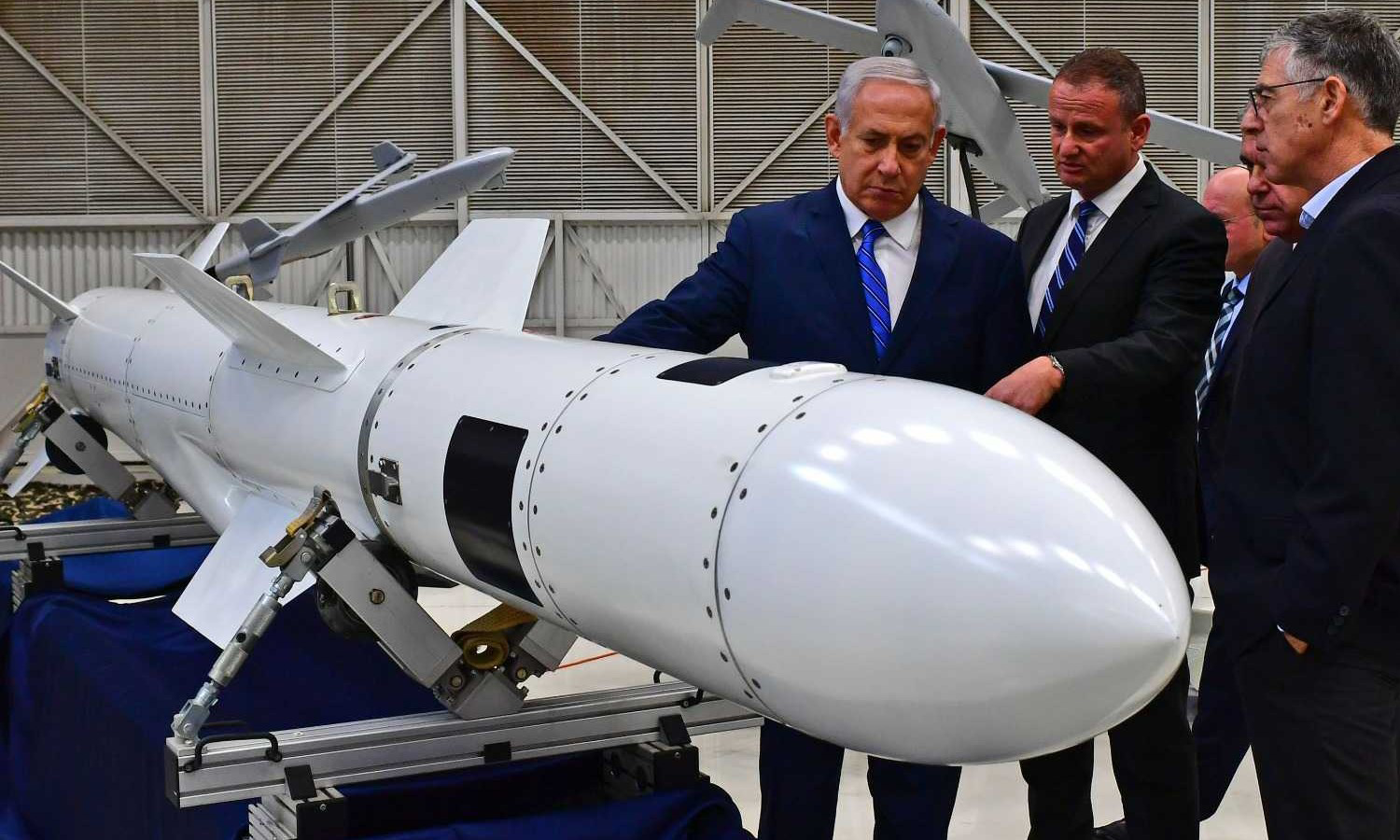 |
Israeli Prime Minister Benjamin Netanyahu inspects a Gabriel V anti-ship missile in 2018. Photo: 19fortyfive |
Israeli Prime Minister Benjamin Netanyahu inspects a Gabriel V anti-ship missile in 2018. Photo: 19fortyfive
The policy of "nuclear ambiguity" became a cornerstone of Israel's strategy in the late 1960s, with its declaration that it would "not be the first to introduce nuclear weapons into the Middle East." The word "introduce" has been narrowly interpreted by Israel in media, applying only to testing, publicly acknowledging, or using the weapons, creating a diplomatic gray area.
Declassified US State Department documents from 1969 reveal disagreements between Israel and the US over this definition, with Israel insisting that only overt actions or testing constituted "introducing" nuclear weapons to the Middle East.
Former US Secretary of State and National Security Advisor Henry Kissinger defused tensions by proposing to President Richard Nixon a policy of "nuclear ambiguity" with Israel, essentially pretending not to know about its nuclear program.
According to Cohen, in a meeting between Nixon and Israeli Prime Minister Golda Meir at the White House in 9/1969, the two leaders agreed that Israel would keep its nuclear program secret and refrain from nuclear testing, while the US would "turn a blind eye" and not pressure Israel to sign the Nuclear Non-Proliferation Treaty (NPT).
This approach allowed the US to maintain cooperation without publicly acknowledging Israel's nuclear program, securing strategic benefits for both sides without jeopardizing international commitments.
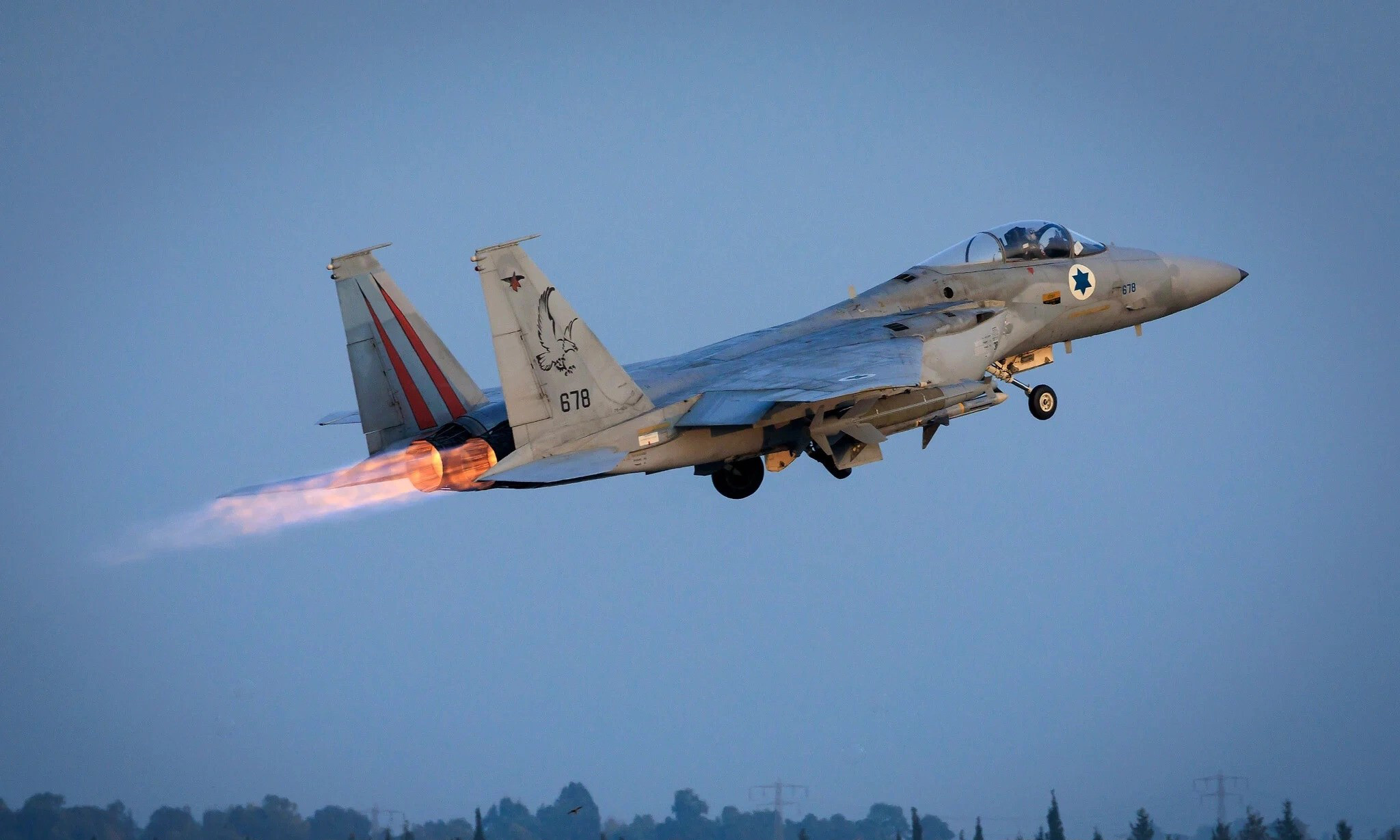 |
An F-15 fighter jet takes off from Tel Nor Airbase in Israel on 1/1/2024. Photo: Times of Israel |
An F-15 fighter jet takes off from Tel Nor Airbase in Israel on 1/1/2024. Photo: Times of Israel
According to the Stockholm International Peace Research Institute (SIPRI), as of 1/2024, Israel possessed about 90 nuclear warheads. These reportedly include 30 gravity bombs for delivery by F-16 or F-15 aircraft, 50 warheads for land-based Jericho III ballistic missiles, and 10 nuclear cruise missiles for Dolphin-class submarines.
Israel's Jericho missile program began in the 1960s, with the Jericho I deployed in 1970, followed by the Jericho II (range 1,500 km) in the 1990s. The Jericho III, with a range exceeding 4,000 km and capable of reaching targets in Iran and Russia, became operational in 2011.
Sdot Micha Airbase is believed to house approximately 50 Jericho missiles in hardened shelters. Tests conducted between 2015 and 2020 at Palmachim Airbase suggest Israel may be developing a Jericho IV missile.
Additionally, five Dolphin and Dolphin II class submarines, equipped with 650 mm launch tubes, can carry Popeye Turbo missiles with nuclear warheads, enhancing Israel's sea-based deterrence, according to Der Spiegel.
Observers believe Israel's nuclear arsenal serves as a powerful deterrent, but also increases regional tensions. Commentators for the Russian newspaper Rossiyskaya Gazeta argue that this policy creates uncertainty and could incentivize countries like Iran to accelerate their own nuclear programs.
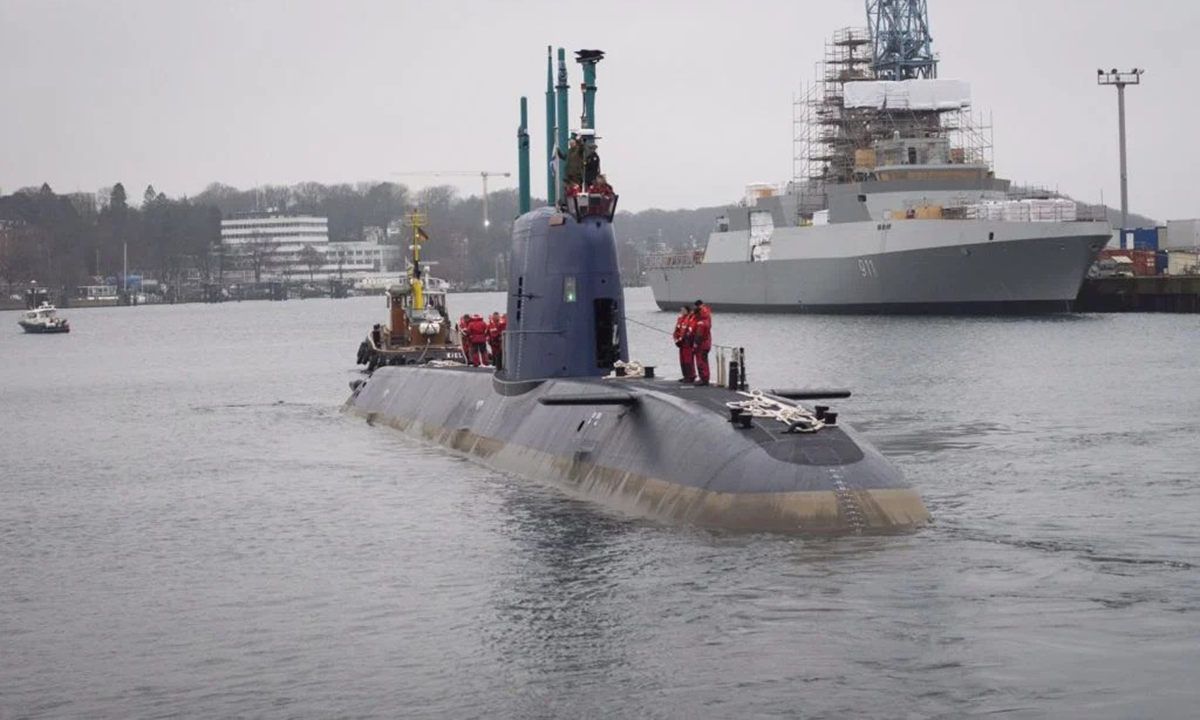 |
The INS Rahav, a Dolphin II-class submarine, leaves the port of Kiel in Germany for Haifa, Israel, in 2015. Photo: IDF |
The INS Rahav, a Dolphin II-class submarine, leaves the port of Kiel in Germany for Haifa, Israel, in 2015. Photo: IDF
The US commitment not to pressure Israel to sign the NPT raises questions about Washington's consistency on non-proliferation. This imbalance could complicate regional arms control efforts, particularly as Iran pursues its nuclear ambitions.
"Israel's nuclear arsenal, though limited in size, provides a strategic advantage due to its flexibility and secrecy. However, this lack of transparency can lead to miscalculations in the region," observed Russian expert Alexei Arbatov from the Carnegie Moscow Center.
Phong Lam (According to WP, Topwar)




